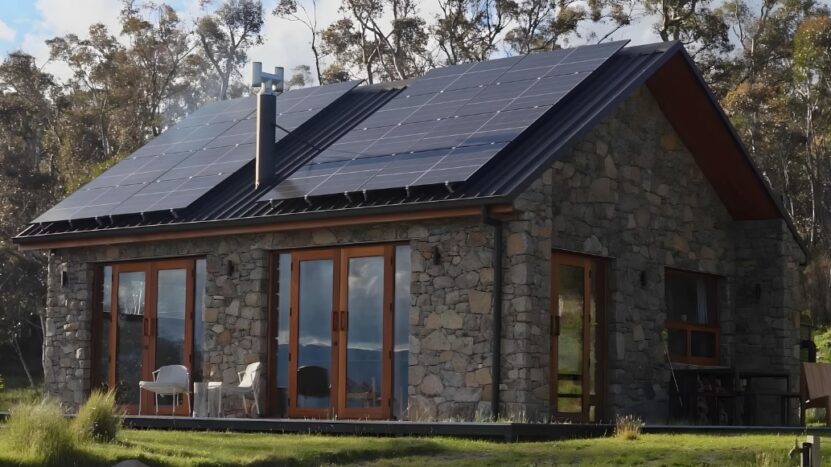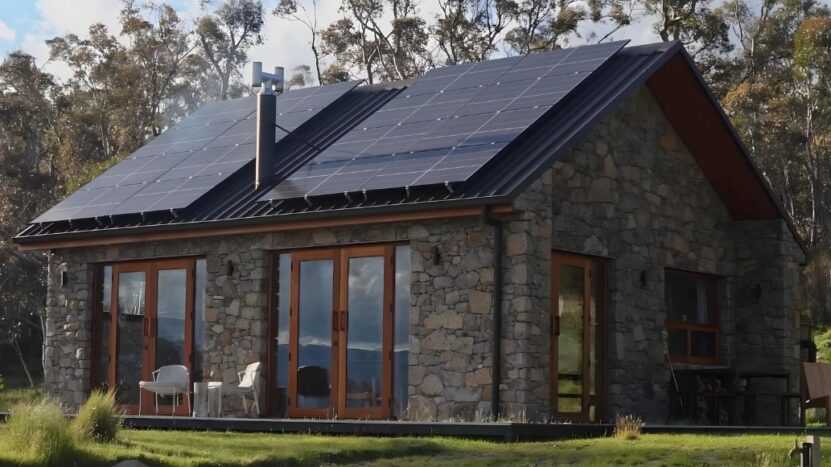Selecting natural building materials for DIY projects offers multiple benefits, from environmental sustainability to improved indoor air quality and long-term durability.
Naturally, it is important to find the one that suits the project you are working on. That is the part that can take time and effort.
Let us take a look at the major benefits of using natural building materials.
Minimize Waste
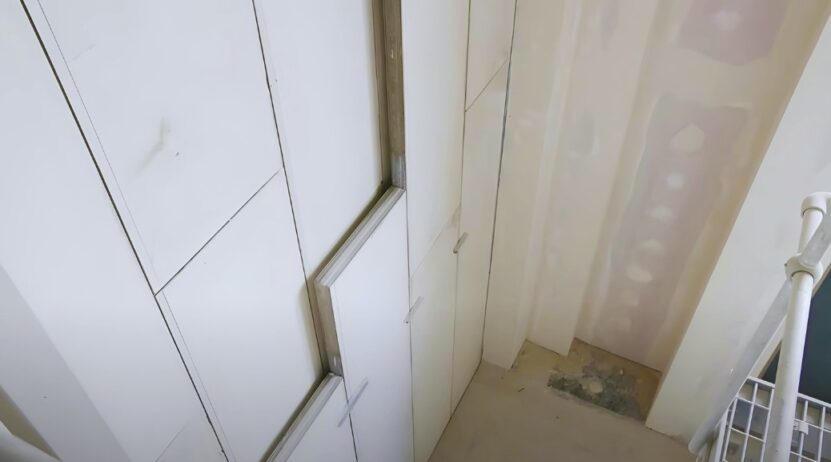
Construction is a significant source of waste, contributing to overflowing landfills and environmental degradation.
When we opt for sustainable materials, we can significantly reduce the amount of waste generated during building projects.
A good example is Specwall, which is designed to create minimal waste. These panels can be cut to precise measurements, reducing offcuts and scraps that usually end up in landfills.
Moreover, they are recyclable, meaning any waste produced can be repurposed or reused, further minimizing environmental impact.
Using these also promotes a more efficient use of resources.
Traditional construction methods often lead to excess materials being ordered and subsequently wasted. In contrast, sustainable building practices focus on precision and efficiency, ensuring that only the necessary amount is used.
Furthermore, sustainable materials often come from renewable sources, which helps in conserving natural resources.
For instance, bamboo and timber are renewable and can be harvested responsibly without depleting forests.
Future-Proofing

Using sustainable materials is a forward-thinking approach that ensures buildings are durable and compliant with future environmental regulations.
As environmental standards become increasingly stringent, buildings constructed with sustainable ones will be better positioned to meet these regulations without requiring costly retrofits or renovations.
Materials such as timber and solid panels are known for their longevity and safety:
- Timber, when properly treated, can withstand various environmental conditions and resist pests, making it a durable option for construction.
- Solid panels, including those made from sustainable sources, offer structural integrity and can enhance the overall safety of buildings.
These do not only ensure the building’s longevity but also reduce the need for frequent repairs and maintenance, saving time and money in the long run.
Future-proofing through sustainable materials means creating buildings that are adaptable to changing climates.
For example, they have good thermal properties that can help regulate indoor temperatures, reducing the reliance on artificial heating and cooling systems.
The adaptability not only improves the comfort of the building’s occupants but also reduces energy consumption and the associated environmental impact.
Investing in sustainable materials is also an investment in future property value.
As the demand for eco-friendly buildings continues to rise, properties built with sustainable materials are likely to attract more buyers and command higher prices.
Conserving Energy
One of the key benefits of using sustainable materials in construction is their ability to conserve energy.
Sustainable materials reduce energy consumption during their extraction, transportation, and use, contributing to a more energy-efficient building process.
Many natural materials come with built-in insulation properties that significantly reduce the need for additional heating and cooling systems. The production of sustainable materials often requires less energy compared to conventional ones.
For instance, the energy required to produce recycled steel is significantly lower than that needed for new steel.
Similarly, natural materials such as timber and bamboo have lower embodied energy, meaning the total energy required to:
- Harvest
- Process
- Transport
Sustainable materials also contribute to energy conservation during the building’s operational phase.
Materials with high thermal mass, such as stone and clay, can absorb and store heat, helping to maintain stable indoor temperatures. It reduces the reliance on HVAC systems, leading to lower energy consumption and utility bills.
Those with good insulating properties minimize heat loss during winter and keep interiors cool during summer, further enhancing energy efficiency.
Cost Savings
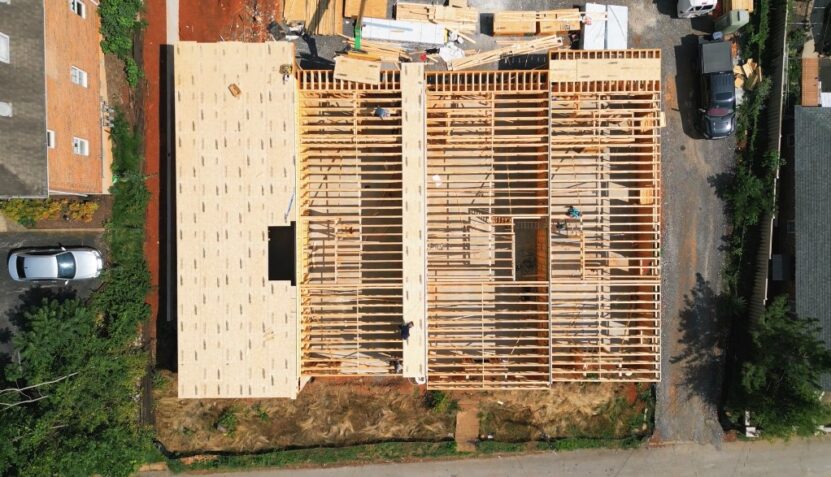
Utilizing sustainable materials in construction projects can lead to significant cost savings in various aspects.
One of the primary ways sustainable materials reduce costs is through the reduction of waste.
As mentioned earlier, these create minimal waste, which lowers disposal costs and the need for additional purchases.
Sustainable materials often come with built-in features that can cut down on labor and additional expenses.
As we’ve already said, Specwall panels are designed for easy installation, which reduces labor time and costs. Their built-in insulation properties also eliminate the need for extra insulating layers, saving money on materials and labor.
These can be easily customized to fit specific building requirements, further streamlining the construction process and reducing costs.
Energy savings are another significant advantage of using sustainable materials. Over time, these savings can accumulate, offsetting the initial investment in sustainable materials.
Appealing Aesthetics
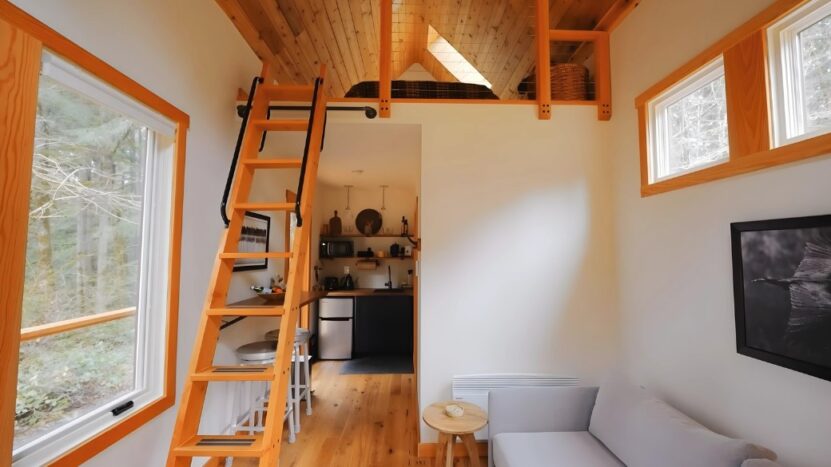
Sustainable buildings offer not only environmental and financial benefits but also aesthetic appeal.
Natural materials have an inherent beauty that creates healthier and more visually pleasing environments.
| Material | Description |
|---|---|
| Wood | Variety of grains and shades; adds character and depth; ideal for flooring, panels, and furniture. |
| Stone | Timeless, elegant look; great for countertops, flooring, facades; retains heat; insulating properties. |
| Natural Paints | Rich palette of colors; matte finish; free from VOCs; creates a cozy atmosphere; reduces glare. |
In addition to their visual appeal, natural materials contribute to healthier living environments.
They tend to emit fewer volatile organic compounds (VOCs) compared to synthetic materials, improving indoor air quality.
This not only benefits the occupants’ health but also creates a more pleasant and comfortable living space. The aesthetic appeal of sustainable buildings can also have social impacts.
Buildings that prioritize natural materials often resonate more with communities and stakeholders, reflecting a commitment to sustainability and environmental stewardship.
It can enhance the building’s reputation and desirability, attracting more interest and potentially increasing its market value.
Durability and Environmental Friendliness
Natural materials are renowned for their durability and environmental friendliness.
We are talking about options like:
- Clay
- Lime
- Stone
- Wood
Clay and Lime
Clay and lime have been used in construction for centuries due to their durability and resilience.
These materials are not only long-lasting but also have minimal environmental impact. They can be easily sourced and processed with low energy requirements, and they are biodegradable, meaning they can be reused or composted at the end of their life cycle.
It makes them an excellent choice for reducing the environmental footprint of a building project.
Stone
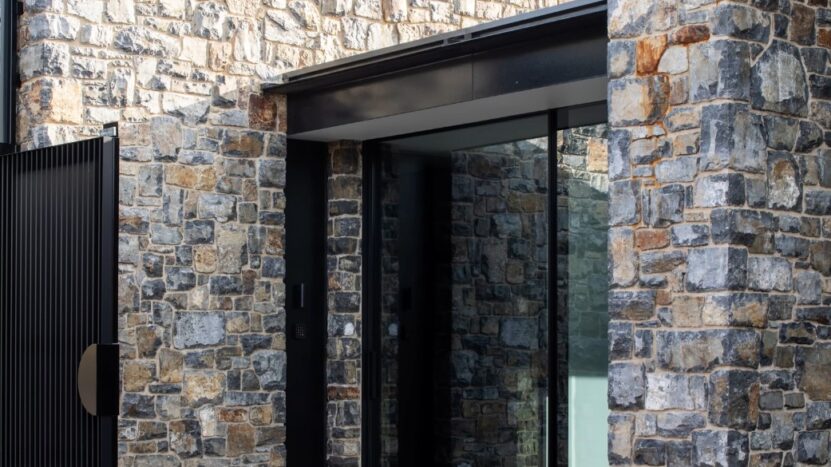
Stone is another durable and environmentally friendly material. It offers excellent thermal regulation properties, helping to maintain stable indoor temperatures and reduce energy consumption.
Stone is also highly resistant to weathering and can last for centuries with minimal maintenance.
Its natural aesthetic appeal and robustness make it a popular choice for both structural and decorative applications.
Wood
Wood, when sourced sustainably, is both durable and environmentally friendly.
Timber from responsibly managed forests is a renewable resource that can be replenished over time.
Wood also sequesters carbon, helping to mitigate climate change. Wood’s thermal properties contribute to energy efficiency, making it a practical and sustainable choice for construction.
Related Posts:
- Sustainable Building Materials for Your Eco-Friendly Home
- First Aid Skills Every Outdoor Enthusiast Should…
- How To Use Natural Landmarks For Guidance: Find Your…
- Ultimate Guide to Building Basic Furniture:…
- 6 Long-Term Food Storage Techniques You Must Know
- Old-Fashioned Clothing Repair Techniques You Can Use Today


